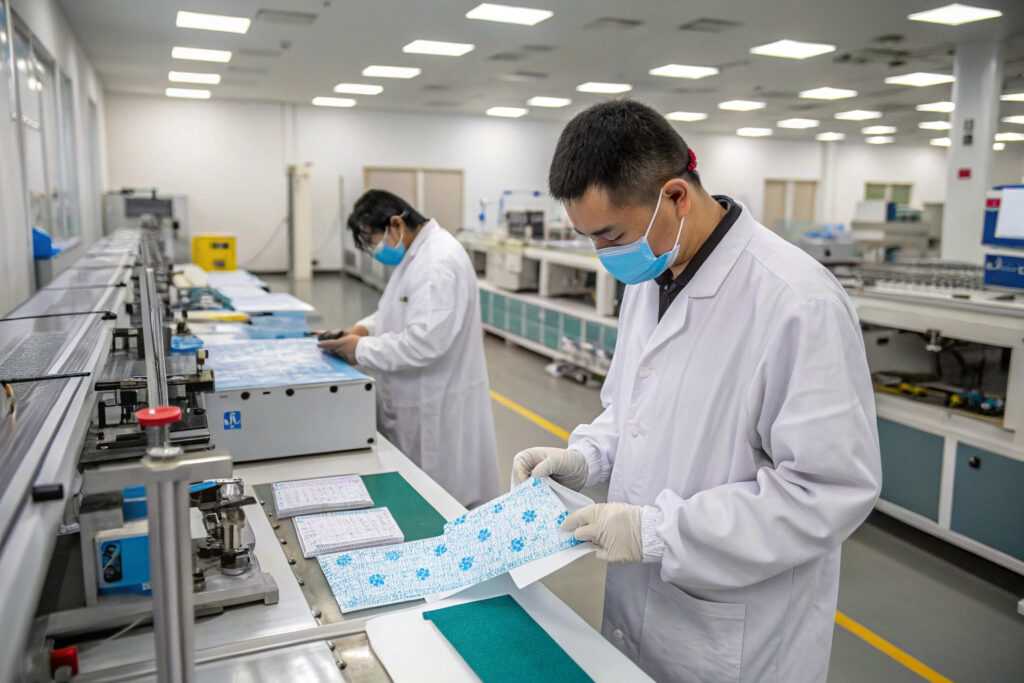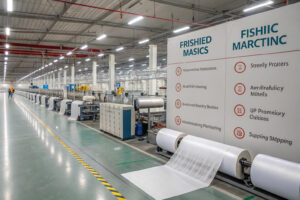In the fast-paced world of global apparel and accessory exports, a single QC failure can derail months of work. For fabric mask buyers in the U.S., Europe, and beyond, the stakes are high: failed inspections lead to rejected shipments, wasted budgets, and damaged brand trust. Many importers have faced these problems when suppliers lack robust quality control processes.
Our 98% pass rate is the result of a strict, end-to-end QC system—not a lucky streak. From the moment raw materials arrive at our Keqiao facility to the final sealing of export cartons, every step is documented, tested, and verified against international standards. This is how we keep defect rates low and customer confidence high.
By combining supplier vetting, in-process inspection, and export compliance checks, we ensure buyers receive exactly what they ordered—on time, on spec, and without costly surprises at customs.
The Role of Testing Centers in Mask Quality Assurance
Quality control begins in the lab, not the sewing line. Our in-house testing center is the backbone of our QC strategy, ensuring every fabric mask meets functional, safety, and durability requirements before moving forward.
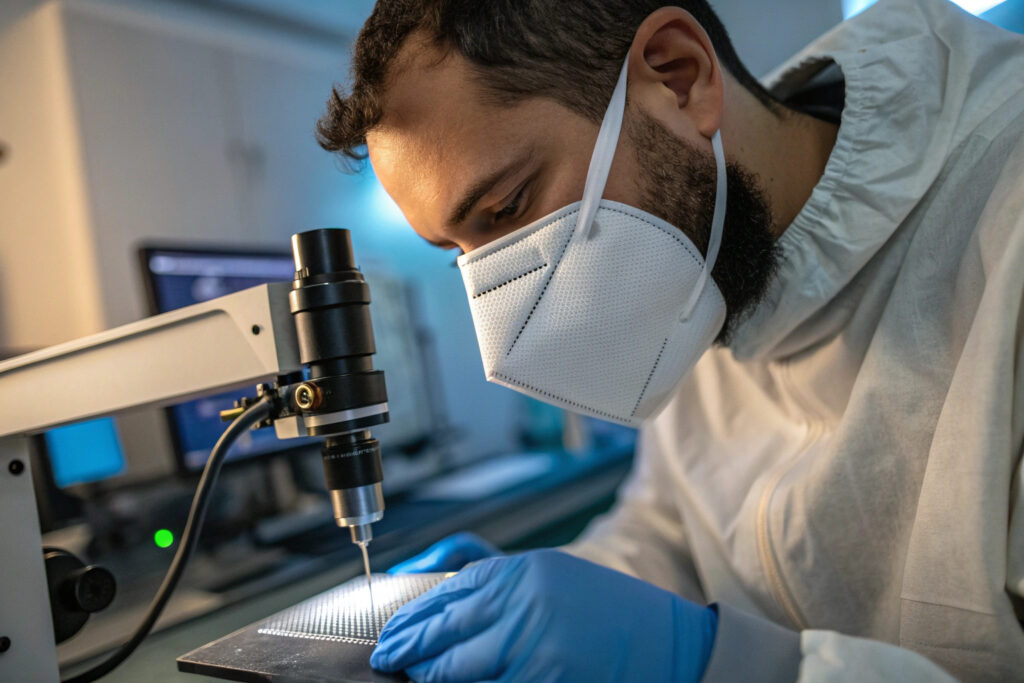
How Do Testing Centers Ensure Consistent Results?
Our lab follows strict international protocols such as ISO 105 for colorfastness and ASTM F2100 for filtration efficiency. Every incoming fabric batch undergoes composition verification using fiber analysis techniques, while breathability is measured with calibrated differential pressure gauges. Shrinkage tests are done after multiple washing cycles, and results are logged into a QR-based tracking system for long-term traceability.
Why Is QR Code Tracking Critical for Large Orders?
Traditional paperwork cannot match the accuracy and speed of QR-based systems. Each mask batch is tagged with a code that links directly to its QC record, allowing buyers to verify results instantly. This is aligned with GS1 traceability standards and helps prevent disputes during customs clearance. In case of a rare defect, the digital trail allows for fast root cause analysis and corrective action.
Fabric Sourcing Standards and Supplier Vetting
Quality starts with the right materials. We do not wait until production to identify problems; our sourcing process ensures only approved fabrics make it into our facility.
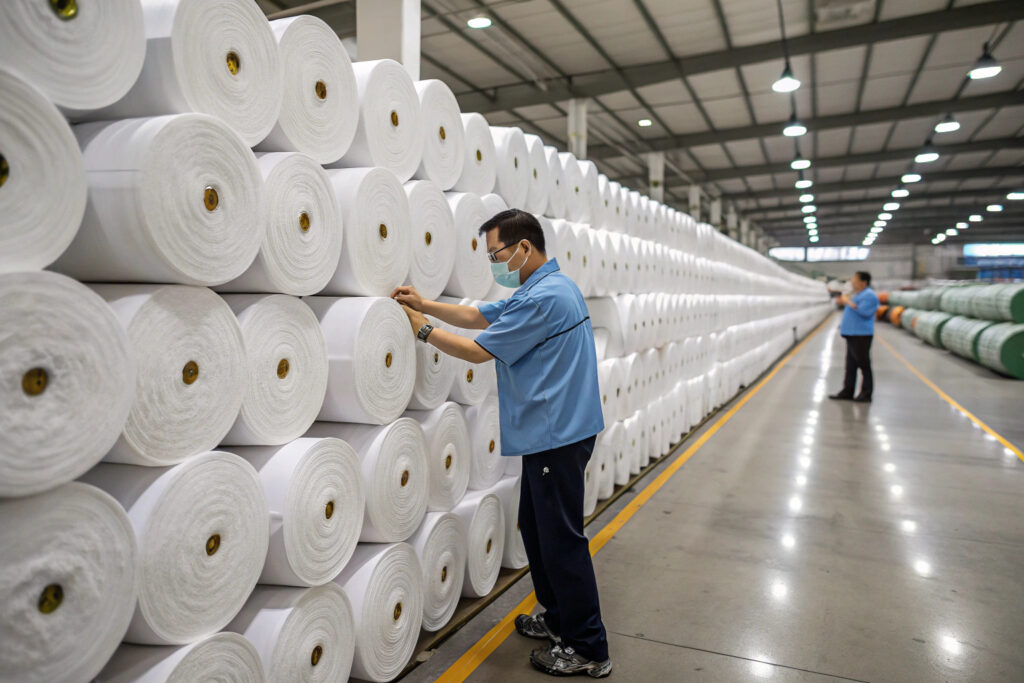
How Do We Evaluate Fabric Suppliers Before Approval?
Every supplier must provide valid certifications such as OEKO-TEX Standard 100 or GRS. We conduct on-site audits, check production capacities, and review defect histories. Before approval, samples undergo lab dip color consistency tests and tensile strength checks. This prevents production delays caused by unsuitable materials.
What Happens If a Fabric Batch Fails Pre-Production Tests?
Batches that fail are rejected, documented with ISO textile testing standard references, and returned to the supplier. We then activate our backup mill partnerships to keep the schedule on track. This dual-supplier strategy ensures continuity even when one source has unexpected quality issues.
In-Process Quality Control During Production
Relying solely on pre-shipment inspection is risky. Most defects can be caught and corrected while production is still underway.
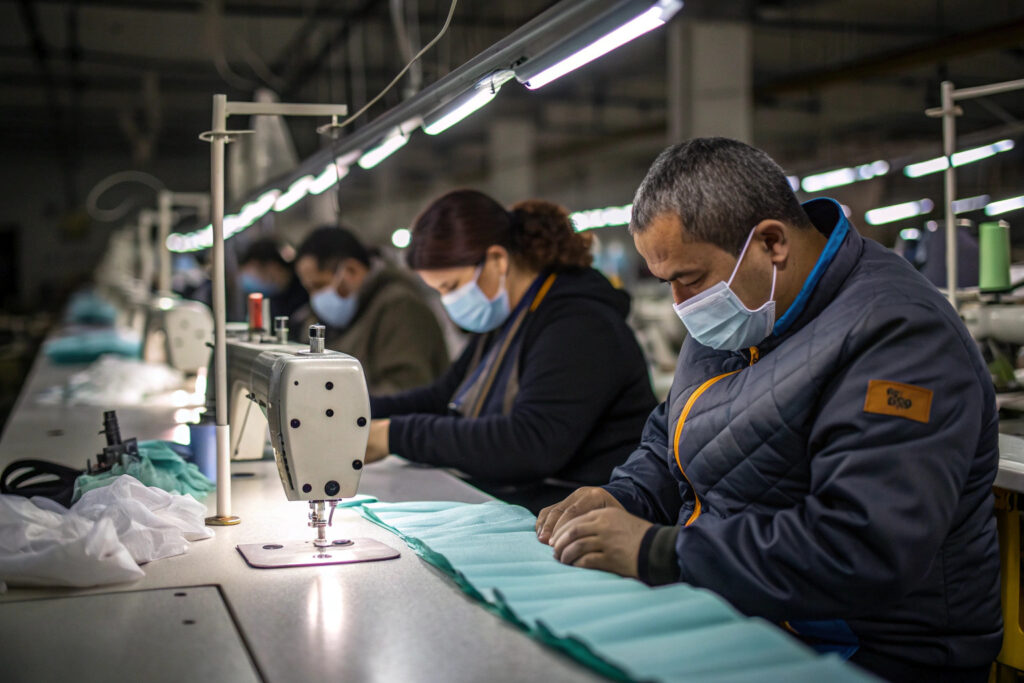
How Often Are In-Process Checks Performed?
We perform hourly checks on cutting accuracy, stitching alignment, ear loop attachment, and nose wire fitting. Our inspectors use AQL sampling methods to ensure balanced speed and precision. Any nonconforming pieces are corrected immediately, preventing large-scale rework later.
What Specific Issues Are Detected Mid-Production?
Issues like uneven seam tension, ear loop elasticity inconsistencies, and off-center prints are common. Using tensile testing equipment, we measure ear loop strength on the spot. By resolving defects early, we maintain a smooth production flow and high pass rates.
Final Inspection and Export Compliance
The final stage determines if a shipment clears customs smoothly or faces costly delays.
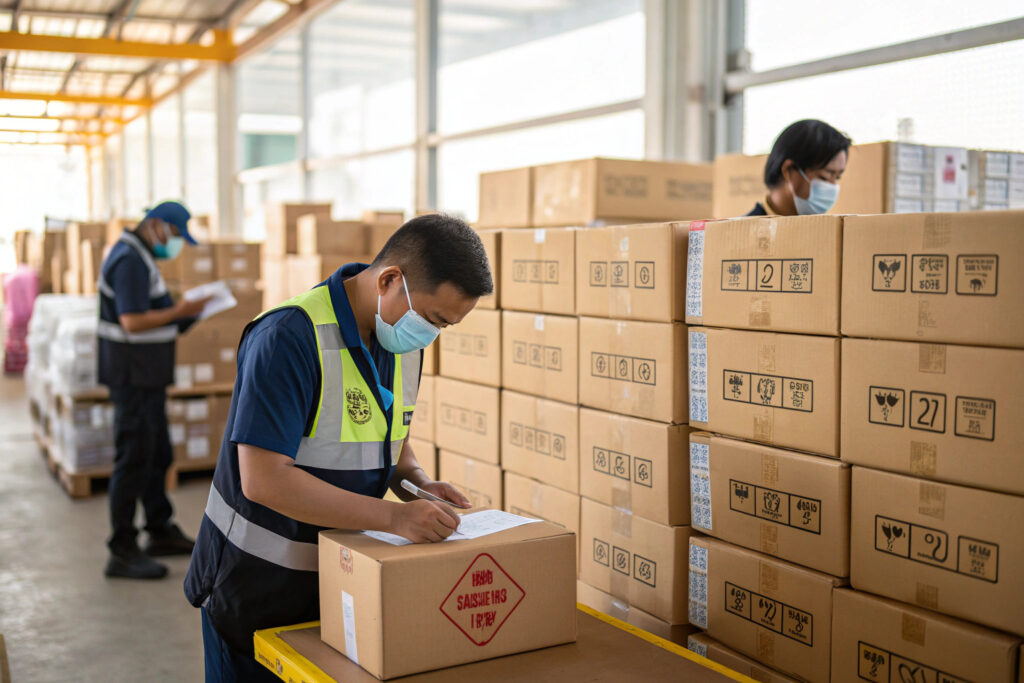
How Do We Prepare Shipments for International Compliance?
We prepare complete documentation including test reports, MSDS sheets, and destination-specific labeling. U.S. shipments follow CPSC labeling requirements, while EU-bound orders comply with REACH. We also work with SGS and Bureau Veritas for independent pre-shipment inspections.
Why Is Proper Packaging Part of Quality Control?
Packaging impacts product integrity during transit. We use moisture-proof polybags and cartons tested under ISTA standards for impact resistance. Tamper-evident seals ensure buyers receive products in the same condition they left our facility.
Conclusion
Achieving a 98% QC pass rate is not luck—it’s the result of a structured system, investment in advanced testing, and disciplined supplier partnerships. From raw fabric checks to export-ready packaging, every step is built for reliability.
If you want a manufacturing partner who safeguards your brand’s reputation and delivers on time, contact our Business Director Elaine at elaine@fumaoclothing.com. We’ll make sure your next fabric mask shipment exceeds expectations.

